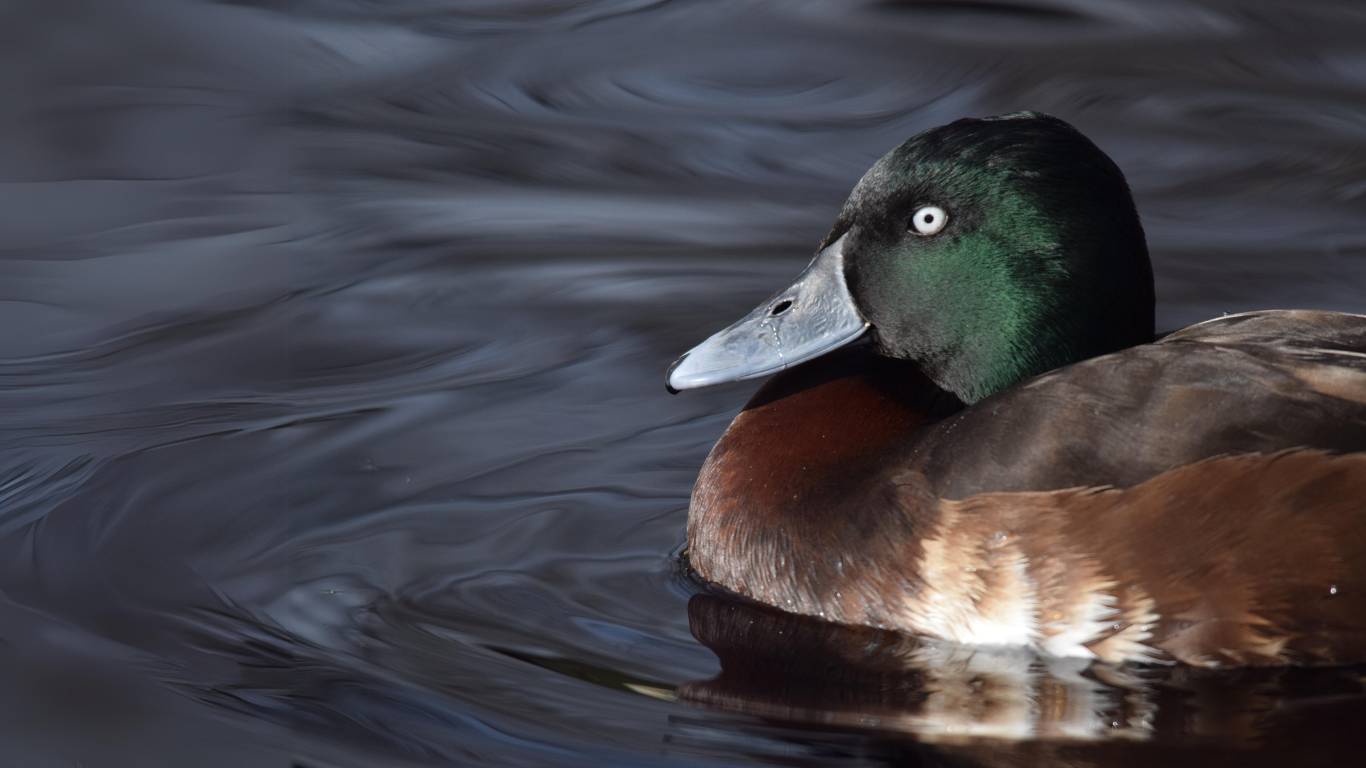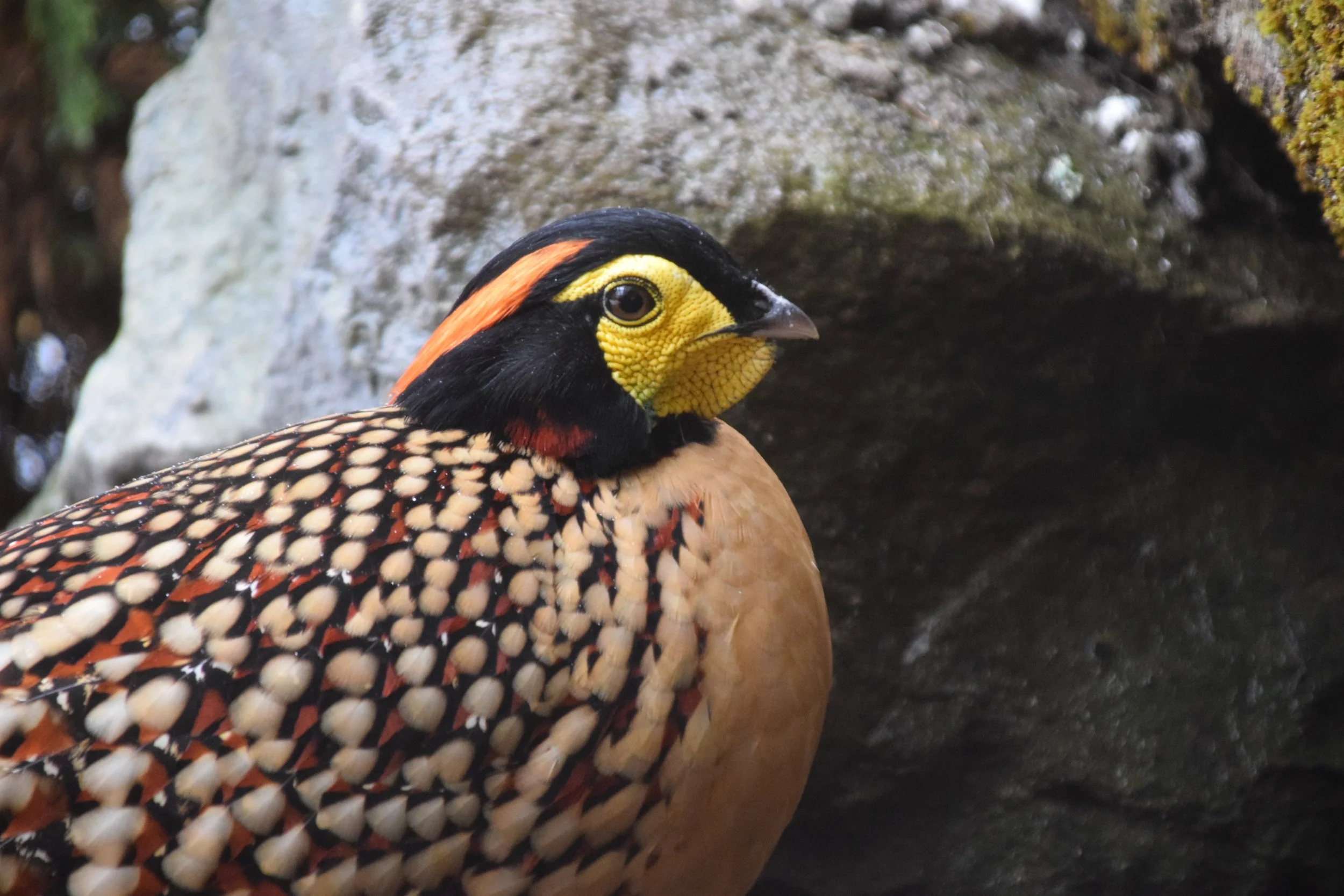
About Our Mission
Baer’s pochard (Aythya baeri)
Our mission is to preserve rare and endangered waterfowl species through research-driven captive breeding and rearing techniques.
We strive to maintain genetic diversity for responsible re-introduction into the wild.
Cabot’s tragopan (Tragopan caboti)
Fast Facts
Home to over 90 species & over 500 birds — all seeing population decline in the wild
Our focus is on rare & endangered waterfowl from around the world
Conservation breeding specialists with 40 years of research experience
Partner with every major zoo and several major universities in the U.S.
Integrated approach to conservation — waterfowl need clean water and healthy wetlands to thrive and breed
Who We Are
Ripley Waterfowl Conservancy is one of the only collections of rare and endangered waterfowl in North America, providing a home to more than 90 species, totaling more than 500 birds from around the world. We care for ducks, geese, swans, pheasants, shore birds, raptors, and passerines, all of which are experiencing population declines in the wild.
What We Do
We are breeding specialists and our goal is to safeguard our birds’ irreplaceable genetics for if — or more likely when — these species become extinct in the wild.
We work tirelessly with like-minded organizations — major zoos, renowned universities, and private aviculturists — to tailor a conservation strategy to each species’ individual needs. Our objectives are to increase population numbers while maintaining genetic diversity and to look for opportunities to responsibly re-introduce into the wild. We have spent the last 40 years not only perfecting our own breeding and rearing protocols but also teaching and learning from others to ensure long-term success for our birds.
Not all of the birds in our collection are currently listed as endangered or threatened, but they are all considered in decline and risk dramatic population loss in the near future. We believe we must work with vulnerable species before they become endangered in order to mitigate future crises.
Why Birds
To care for birds is to care for the world.
With over 11,000 species of birds, they are one of the only truly global groups of species, found on every continent and moving between continents. Everyone can witness migrations of thousands of miles, watch unique breeding or territory displays and listen to amazing communication through song and call specific to each species.
No matter where you live in this world, birds provide invaluable services. Dispersing seeds or helping to pollinate plants, providing pest control for our crops by eating insects or rodents and being nature's clean-up crew keeping disease spread under control.
Birds are vital ecological indicators, showing us early signs of rising environmental issues. They are at the forefront of conveying information about our changing world—as temperatures rise and wetlands dry up.
When we protect waterfowl and their habitats we are protecting our world's waterways. The wetlands that provide a home to our waterfowl also provide natural filtration systems, cleaning pollutants and toxins from the earth, help with erosion and flood control, water supply storage and so much more.
Birds also provide a less tangible service—lifting our spirits with their songs and beauty. Many of us are involved in saving land but imagine if that land becomes empty and silent. A world without birds would be a world facing trouble in many ways, caring for these species is caring for the world.
Our Flock
Ripley Waterfowl Conservancy is home to one of the largest and most diverse collections of birds in North America. Our collection is managed under a strategic plan that integrates our captive breeding facility with the goals of our programs in research, conservation, and education.



